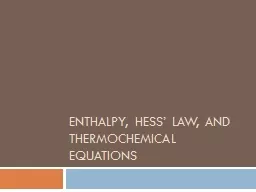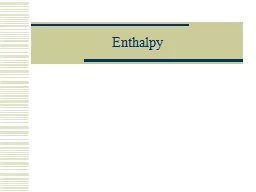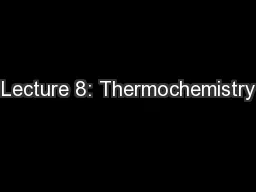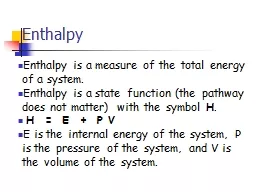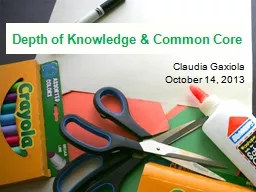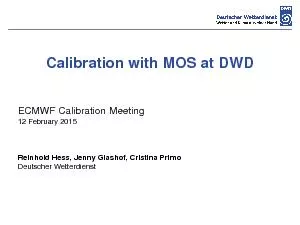PPT-Enthalpy, Hess’ law, and thermochemical equations
Author : luanne-stotts | Published Date : 2016-04-06
Quick Review of Concepts We have been introduced to heat producing exothermic reactions and heat using endothermic reactions Heat is a measure of the transfer
Presentation Embed Code
Download Presentation
Download Presentation The PPT/PDF document "Enthalpy, Hess’ law, and thermochemica..." is the property of its rightful owner. Permission is granted to download and print the materials on this website for personal, non-commercial use only, and to display it on your personal computer provided you do not modify the materials and that you retain all copyright notices contained in the materials. By downloading content from our website, you accept the terms of this agreement.
Enthalpy, Hess’ law, and thermochemical equations: Transcript
Download Rules Of Document
"Enthalpy, Hess’ law, and thermochemical equations"The content belongs to its owner. You may download and print it for personal use, without modification, and keep all copyright notices. By downloading, you agree to these terms.
Related Documents

